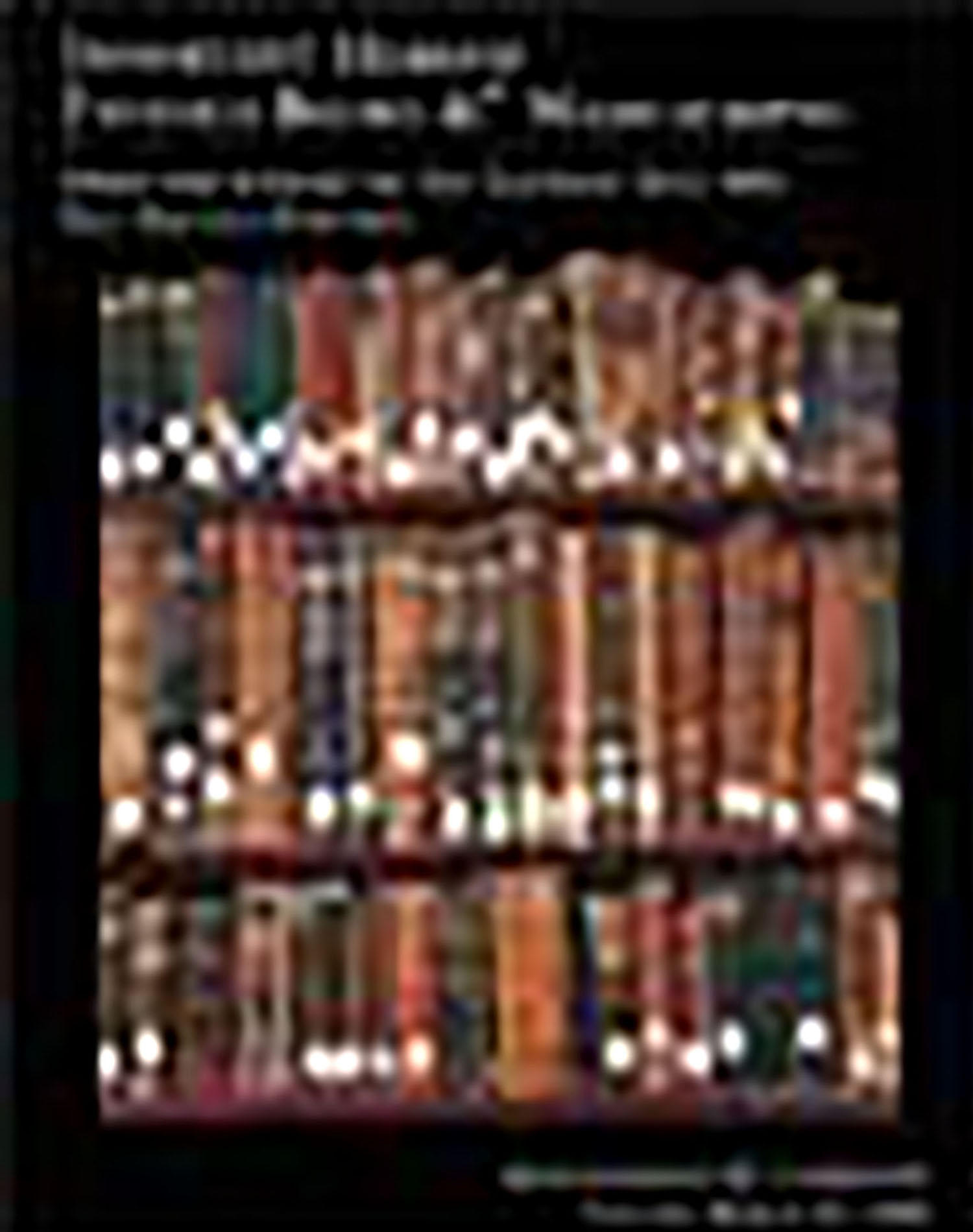Hagadah shel Pesach. With commentary by Isaac Abrabanel.

AUCTION 12 |
Tuesday, March 13th,
2001 at 1:00
Important Hebrew Printed Books and Manuscripts From the Library of the London Beth Din
Lot 130
(HAGADAH).
Hagadah shel Pesach. With commentary by Isaac Abrabanel.
Amsterdam: Asher Anshel & Partners 1695
Est: $10,000 - $15,000
PRICE REALIZED $18,000
The First hagadah illustrated with copperplate engravings. The First Illustrated Amsterdam Hagadah.
This CopyWith the Rare Variant Engraved Title-Page.
“While the Four Sons had been a traditional subject for Hagadah illustration, they had always appeared separately. In the Amsterdam 1695 Hagadah they are shown together for the first time. This was Abraham ben Jacob’s essential contribution to the pictorial development of the theme…In this form and in this grouping, the Four Sons were henceforth to appear in countless Hagadahs down to the present day.”
“It is somewhat ironic that these illustrations which were destined to be copied and imitated more than any Hagadah in history, were themselves borrowed from a Christian source: the biblical engravings published by the Swiss artist Matthaeus Merian in 1625-30…Most of the pictures were copied almost slavishly from Merian. Others were somewhat altered and rearranged to suit the Hagadah text, and were necessarily “Judaized” in the process.” Yerushalmi, pls.59-60.
